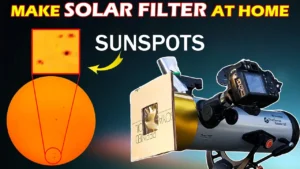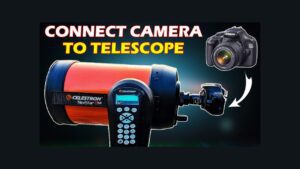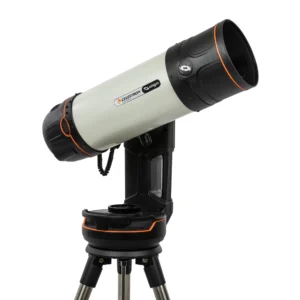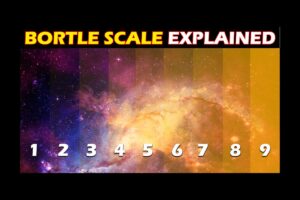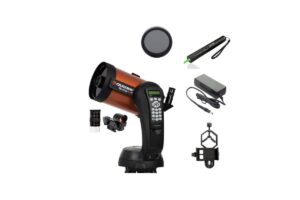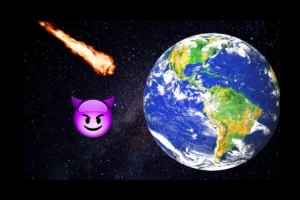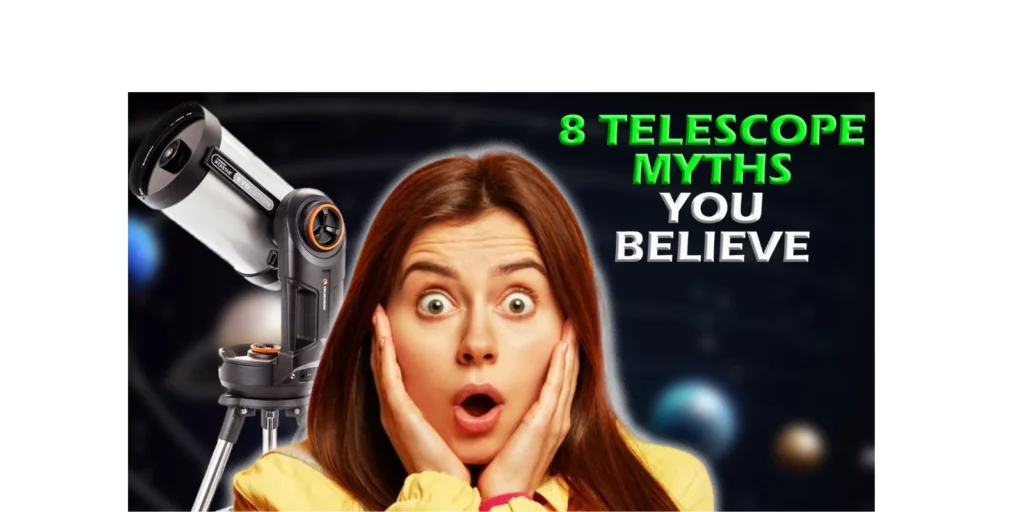
Astronomy is a very interesting field & we humans have been curious about astronomy for many centuries. So it is normal that some of the things which are said about astronomy or Telescopes are completely made up & wrong. So today we will bust some telescope myths which people believe about astronomy and especially about telescopes.
1. The first Telescope myth is “Galileo invented the telescope”.
Most people think that Galileo was the first to invent the telescope. This is completely false. The telescope was invented in the Netherlands in 1608 by lens maker Hans Lippershey.
They made an instrument that they were hoping to sell to the government for military use. Their first telescope magnified the image 3 times. Lippershey was the first one to apply for the patent of the telescope. After Lippershy applied. Two other lens makers, Jansson & Metiues applied for the patent. Their application was rejected.
When Galileo heard about the instrument he used that instrument to point it toward the sky to look at objects through it. So Galileo was the first one to do so. Maybe because of this he gets credit for inventing the telescope.
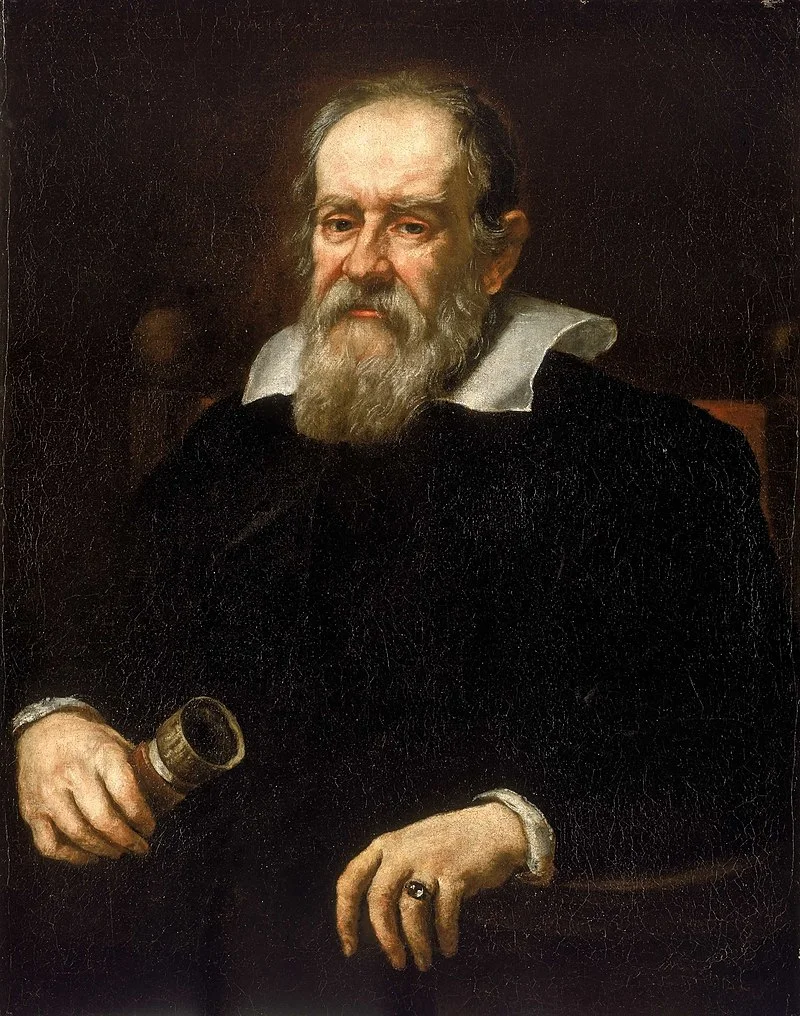
2. Polaris has always been “The North Star”.
If you live in the northern hemisphere and use an equatorial mount then you use Polaris as a reference star to set up your Mount. The thing is, Polaris is not going to be the North Star forever. The Earth wobbles on the axis it spins. It changes by 1 degree every 72 years. Over a period of 26,000 years, that causes our planet’s axis to draw a big circle on the northern sky.
You should read this article to know more about Polaris.
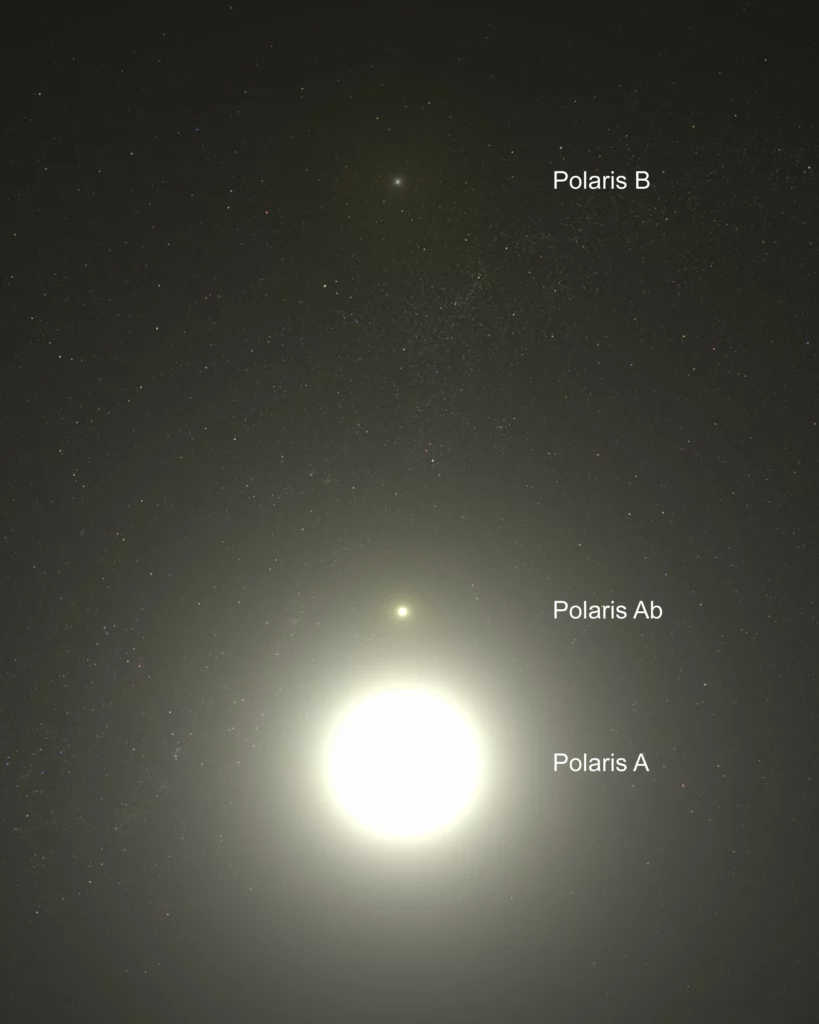
3. Moon cannot be seen during the daytime.
This is quite a misconception among new astronomers or for most people who are not into astronomy. The thing is the moon can be seen during the daytime as well. During the day, the sun’s brightness dominates the sky, so you can’t see the stars during the daytime. The same goes for the moon but you can observe the moon during the daytime. But when the moon is at 180 degrees with respect to the Sun then you cannot see the moon during daytime.
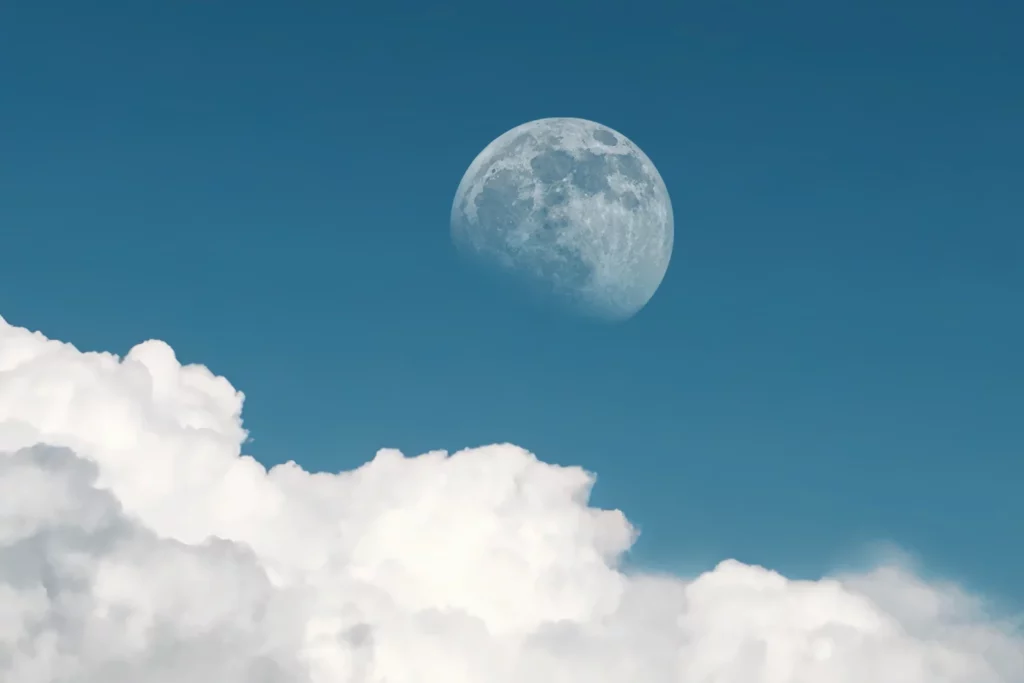
4. The highest useful magnification is 50X per inch of an aperture.
When you have a small telescope then it might give quite good views even at 100X magnification. When you have a large telescope then it might not give you 50X per inch. Large telescopes also magnify the atmospheric disturbances so at the top it will give better views at 20X to 30X magnification per inch.
5. It is impossible to view the SUN through a telescope.
If you have a normal telescope then you should not look directly at the sun through your telescope otherwise you will end up permanently damaging your eyesight. You can see the sun through a normal telescope with solar filters. You can also see the sun through solar telescopes. We have explained this topic in detail. You should read this article if you want to know more.
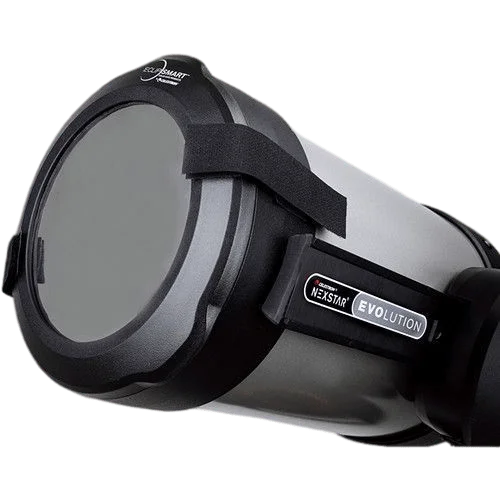
6. Magnification while buying a Telescope.
Usually, people think magnification is the factor they should consider while buying a telescope. The most important thing you should consider while buying a telescope is its aperture. For example, if a telescope is showing you a very poor image of an object then even if you magnify that image it will still show you the poor magnified image. Magnification was not helpful in this case.
If your telescope collects enough light, the images it will show will be crisp & bright. To collect more light aperture is the most important parameter. So if you choose a telescope according to its magnification then you will end up buying an inefficient telescope. You should read this article to know more about the aperture of a telescope.
7. Faster telescopes are better at showing distant objects.
This particular myth comes from photography. In photography faster lenses gather more light than slower lenses. The myth is based on the focal ratio of the telescope.
A faster telescope with a lower focal ratio is used for a wide field of view and a slower telescope with a higher focal ratio is used to get more magnification with simple-to-use eyepieces. Objects are equally bright in both telescopes at similar magnifications. Even if you notice the difference it will be very minimal, and can’t be quantified.
8. Dobsonian doesn’t even look like a telescope. So it may not be good.
It is true that a Dobsonian telescope doesn’t look like a conventional telescope. But Dobsonian telescopes are one of the most value-for-money telescopes.
If you are a beginner who is on a tight budget Dobsonian telescope will provide you with everything on a smaller budget. The shape of the telescope will not affect the results you see with your telescope. You should read this article to learn everything about the Dobsonian telescopes.
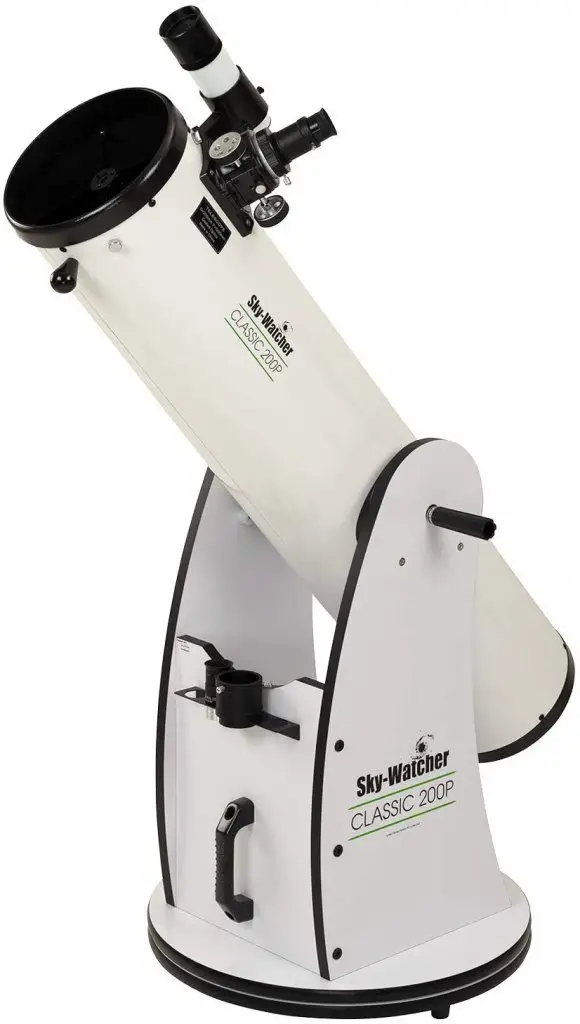
9. Amateur astronomers cannot contribute to astronomy.
If you are a beginner or intermediate-level astronomer then you might think that all the objects you see are already discovered and information about them is available. But this might not be the case.
Also, many research astronomers do not have enough time to look through the telescope for new objects such as comets. So you as a beginner or amateur astronomer can find new objects or any new thing you find about existing objects. After that, you can submit your findings to the “The American Association of Variable Star Observers” organization. The aim of this organization is to allow anyone on the planet to participate in scientific discovery for astronomy.
So if you enjoy finding new objects while stargazing then your work can get scientific recognition.
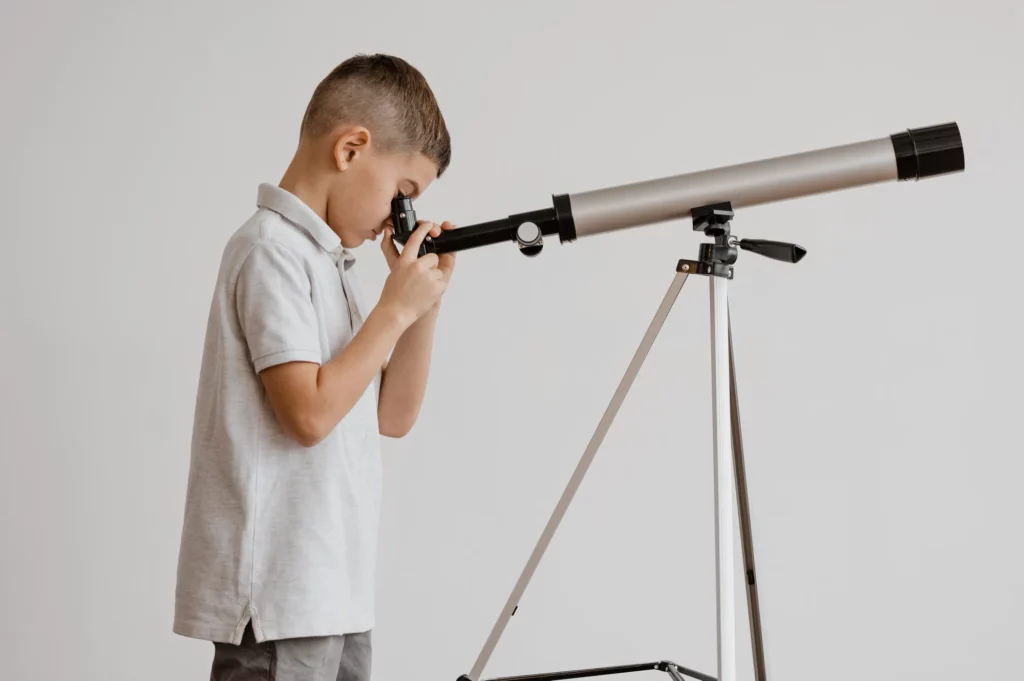
Hope you liked this article about busting various telescope myths about telescopes and astronomy. If you want to learn more about stargazing then check other articles on our website.
